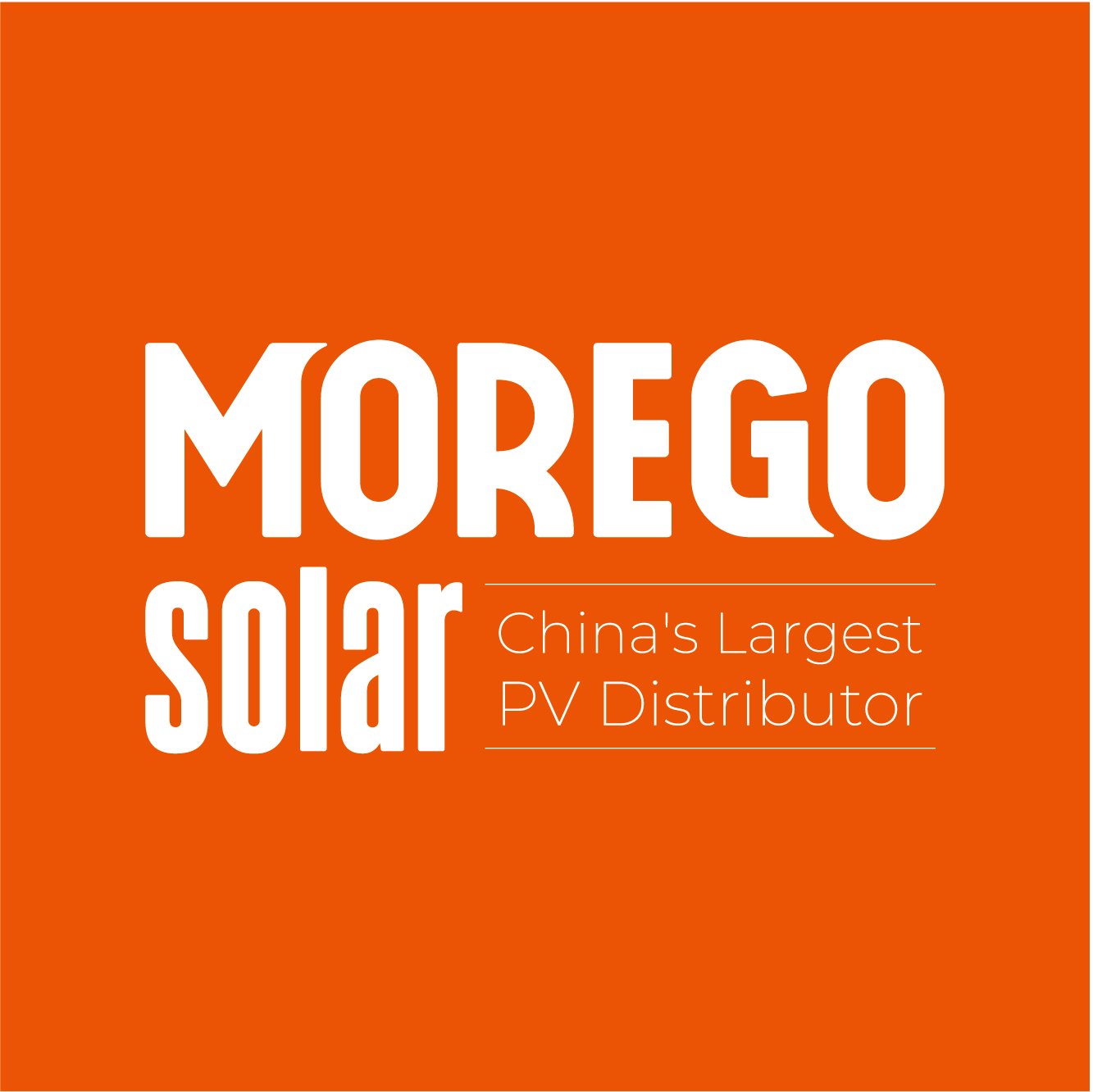Solar power stations are installed outdoors, and in cold and snowy regions, solar panels are prone to being covered by snow. In low temperatures, the performance of various solar panels, including glass, aluminum frames, solar cells, encapsulation materials, back-sheet, junction boxes, etc., can be affected, thereby influencing the overall lifespan and power generation of the solar power station.

When solar panels are covered with snow, the penetration capability of light decreases, leading to a reduction in power generation efficiency. When the snow accumulation is too heavy, it becomes a burden for the solar panels themselves.

Encapsulation Materials:
The glass transition temperature of EVA film is roughly 0 to 10°C. Below 0°C, the elasticity of the EVA film gradually decreases, entering a rigid state. The brittle temperature of the EVA film is approximately -30 to -50°C. When the temperature drops below the brittle temperature, the EVA film becomes brittle, and even slight external force or small deformation may lead to brittle damage.
Back-sheet:
PET in the back-sheet structure is relatively thick, and its elasticity significantly decreases at extremely low temperatures, reducing its ability to withstand external force impacts, which may result in hidden cracks and affect its protective performance for solar cells.
Tabbing Ribbon:
Elasticity decreases at low temperatures, and under the influence of external loads causing deformation, reliability risks such as delamination, detachment, and hidden cracks may occur.
Frames:
Snow covering the surface of the module, with a high snow load pressure, can cause bending or even fracture of the module frames.
Glass:
Excessive snow load can lead to local stress concentration on the surface of the solar panel. If it exceeds the compressive strength of the glass itself, it may lead to rupture.
Solar Cells:
Low temperatures make materials more brittle, making them more susceptible to damage from external impacts or stress. Especially for silicon-based photovoltaic cells, low temperatures increase their brittleness, making hidden cracks more likely during installation, operation, and maintenance.
If you are experiencing issues with snow accumulation on your solar power station, feel free to contact us for further discussion and communication.

